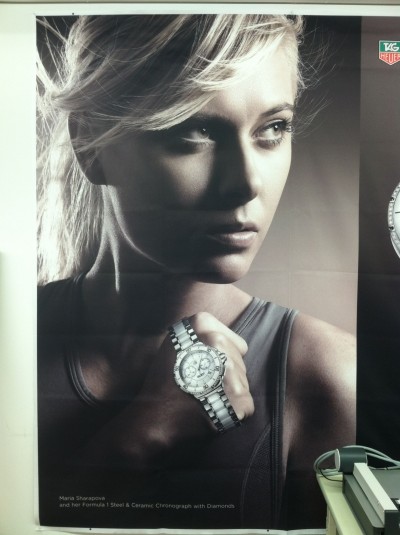 Textile sublimation: Direct vs. transfer
Textile sublimation: Direct vs. transfer
There are two methods for digitally printing fabric graphics: direct-to-textile printing; and the use of transfer paper. There are pros and cons to each process. The best way to determine which method to use is to consider how the graphics will need to perform.
Printing on transfer paper helps provide better control over dot gain immediately after the ink is jetted, as there is less dot gain on transfer paper than on fibrous textiles. This helps ensure edge definition and a high-quality appearance for closely viewed images. Transfer printing is bes-suited, therefore, for such applications as pop-up displays and in-store graphics.
The other process, where the ink is jetted directly onto the textile and then sublimated, allows the graphics to penetrate through the substrate to the second side. Flags, windsocks and soft signs are often printed with this method for a see-through appearance. There may be looser edge definition, but when viewed from a distance, the difference in appearance can be negligible.
Textiles designed for direct printing are manufactured with coatings that help control the ink as it is jetted. The stronger the coating, the better the control. Sometimes, the coating can inhibit some of the dye from migrating completely to the other side.
Today, there are many different textiles available for direct and transfer sublimation printing. To get pointed in the right direction, signmakers should contact vendors and inform them of the final application. And after receiving samples, it is a good idea to test several materials to find the one that works best for the job.
Mike Wozny is a strategic product manager at Electronics for Imaging (EFI), which manufactures Vutek super-wide-format dye-sublimation fabric printers. This article is based on a webinar he presented on behalf of the Specialty Graphic Imaging Association (SGIA). For more information, visit www.efi.com and www.sgia.org.





